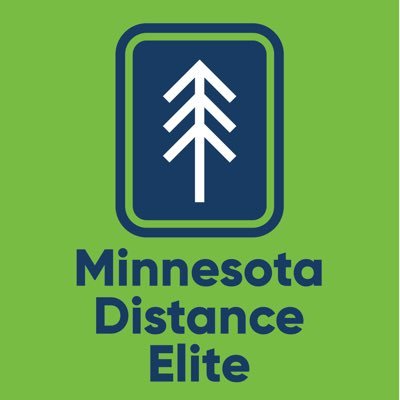“For many long-time runners, the winter represents a time to take it a little easier, be more flexible, and recover from the rigors of the rest of the year”
This time of year in Minnesota, the racing calendar contracts substantially, which is no surprise given the colder temperatures. While there are still a number of events and competitive opportunities available, it is unquestionably a different landscape, particularly through the winter months. The USATF Minnesota Team Circuit, for example, typically kicks off in March, and concludes with this weekend’s cross country championships. So what is a runner to do with a relatively open event calendar? There are a lot of great options, depending on where you are on your own running journey.
For many long-time runners, the winter represents a time to take it a little easier, be more flexible, and recover from the rigors of the rest of the year. That may also mean putting more emphasis on other aspects of life, like time with family, work, etc.
Some runners, on the other hand, take advantage of the time to do something completely different – focusing on another form of exercise like swimming, biking, skiing, or a team sport like hockey, soccer, or basketball. While it’s not running training per se, many of these activities can potentially bolster one’s overall fitness and lead to a more balanced athletic body over the long haul.
Others, who may be feeling like they’ve just started to build some momentum in running, may wish to have a winter season of running that includes some racing and perhaps even raising the intensity or volume of their training throughout the winter. The treadmill is a great tool to control the workouts very precisely and to be able to track progress. Likewise, the indoor track is nothing if not predictable and controlled.
Venturing outside and navigating more challenging conditions, on the other hand, can also bolster one’s fitness, but in a very different way: through increasing adaptability. Training through conditions that make faster running challenging (some people call this “bad weather” – a term I prefer to avoid) can force one to focus more internally on the appropriate effort, and to grow less attached to the external outcomes.
It is worth noting as well that there are still many excellent competitive opportunities through these relatively quiet months. There are Thanksgiving Day races like the Turkey Day 5k, and other holiday-themed races that are both fun and competitive, and indoor track meets as well for those looking to hone their speed. In short, the colder months may present some challenges, but they also offer ample opportunities. Just recognize what you are aiming for, and set your intentions accordingly.
Chris Lundstrom is the head coach of Minnesota Distance Elite – formerly Team USA Minnesota – which includes some of the top distance runners in the USA, including Annie Frisbie, Dakotah Lindwurm, Breanna Sieracki and Joel Reichow.




















